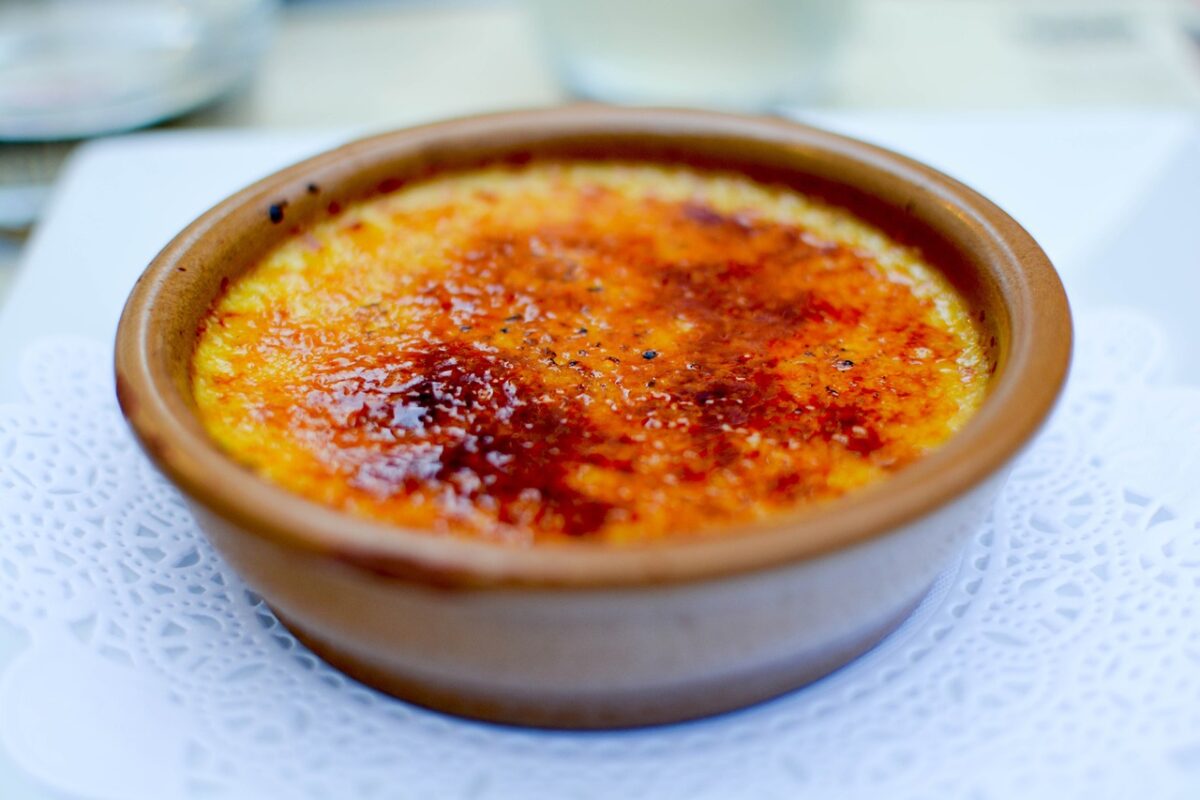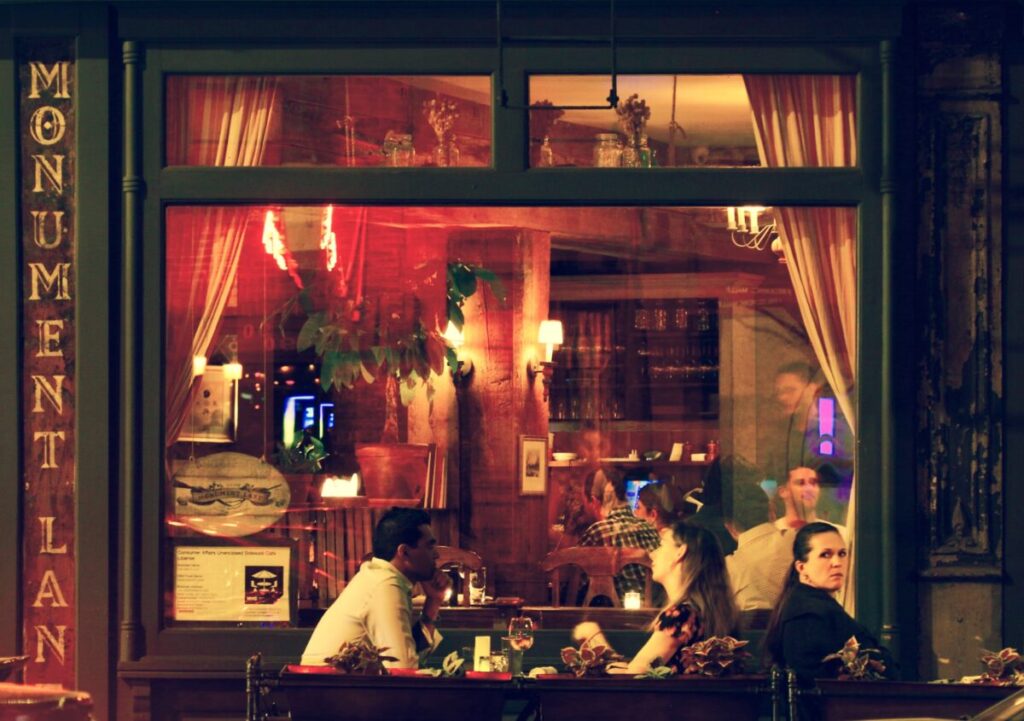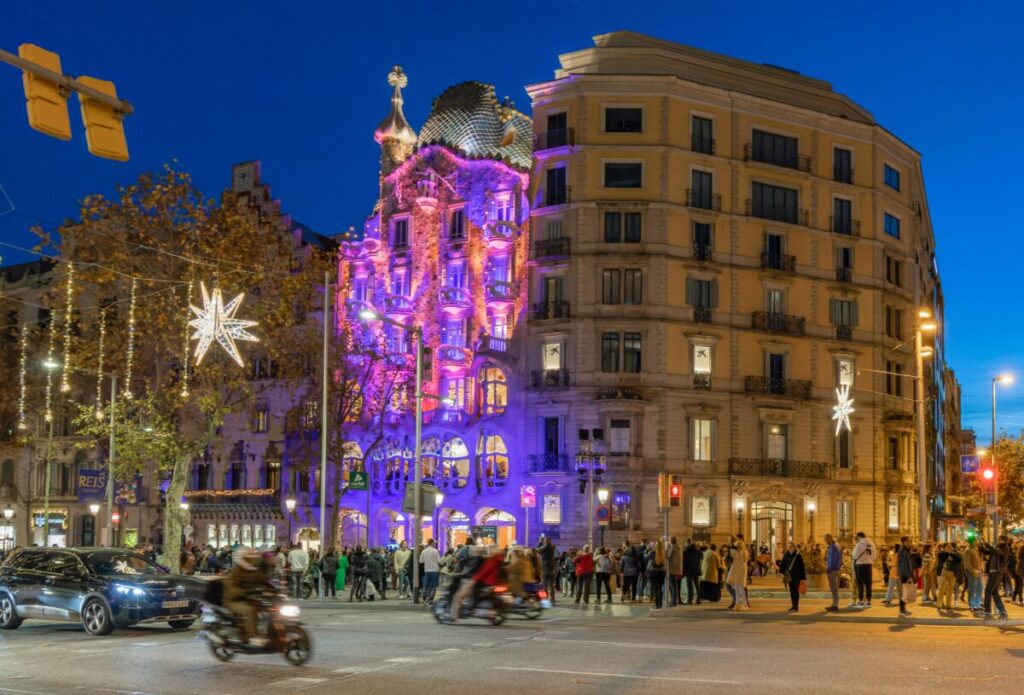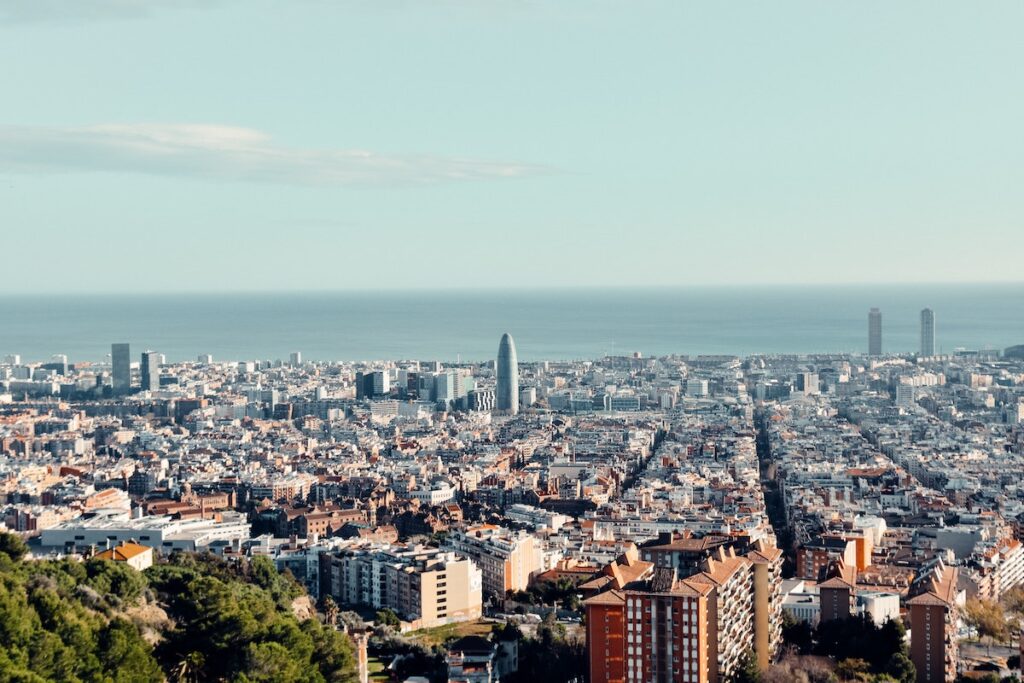It is undeniable that the traditional flavors of Catalonia form the foundation upon which many modern haute cuisine chefs build their creations. Ingredients sourced from both the land and sea are of paramount importance in Catalan cuisine, with a particular emphasis on simplicity and locally-sourced ingredients. One of the most beloved dishes in Catalan cuisine is the simple yet delicious “pa amb tomaquet,” a slice of bread with raw garlic and tomato seasoned with salt and olive oil. This dish is considered a staple of the region, and its simplicity and use of fresh, locally-sourced ingredients make it a crowd-pleaser.
When it comes to first courses, nothing beats a hearty “sopa de peix” (fish soup) or a “suquet” made with a variety of seafood. Another popular option is “empedrat,” a white bean salad with lettuce, tomato, onion, hard-boiled egg, and black olives. Beans are also a common garnish for dishes such as “mongetes amb botifarra,” pork sausage with beans, which is now a staple in traditional Catalan restaurants. Another beloved stew is “escudella,” which can be made with legumes, noodles, or rice and is cooked in a meat and vegetable broth. This dish is often accompanied by “carn d’olla,” a large meatball made with meat, garlic, and parsley. Vegetables, particularly eggplants, peppers, and onions, are also commonly used in dishes such as the escalibada, which can be enjoyed as a first course or as a garnish for second courses. Seafood caldereta is another popular stew, particularly when made with lobster.
Another popular dish in Catalonia is fideuá, a pasta dish similar to paella that can be made with chicken, fish, or seafood. Snails, particularly those prepared “a la llauna” (in a perforated can placed over a fire), are also a traditional delicacy. Fish, particularly cod and monkfish, are also frequently used in Catalan cuisine and are often prepared by grilling or pan-frying. The seafood stew “Suquet,” seasoned with a sofrito of onion and tomato, is particularly popular in Barcelona. Sardines, both grilled and salted, are also a beloved seafood in Catalonia, with the salted sardines from L’Escala (Girona) being particularly renowned. These dishes are often accompanied by the Romesco sauce, a traditional sauce made from peppers, chili, garlic, and parsley.
Interestingly, two of the most typical dishes of Barcelona are macaroni gratin and cannelloni, the latter of which is particularly popular on Saint Stephen’s Day (December 26th). However, if there is one dish that is considered a star not only in Barcelona but throughout Catalonia, it is the “fricandó,” a stew made with beef or veal cooked with mushrooms, onions, tomatoes, flour, and white wine. Historically, this dish was made with lamb meat. Pork is also a popular ingredient in Catalan cuisine and is used in a wide variety of dishes.
Mushrooms are also commonly used as accompaniments to meat dishes and are often simply dressed with oil, garlic, and parsley. Some of the most popular varieties include “rovellons,” “rossinyols,” “ceps,” “ous de reig,” and “llanegues.” “Els calçots” is a traditional dish from Catalonia that consists of grilled green onions typically consumed during the winter months and served with a romesco sauce. Consuming calçots is often a communal activity, and it is traditional to eat them with friends and family while enjoying a glass of wine.
Catalan cuisine is also renowned for its rich tradition of charcuterie, with the “botifarra” being a particularly prized sausage, available in a variety of forms such as white, black, blood, bread and egg. When it comes to raw meat, the “llonganissa” and “fuet” are highly sought after. The “bull” from La Garrota (Girona) is a delicacy made from lean pork meat, blood, salt and spices. Cheese lovers will appreciate the prized sheep’s cheeses from the Catalan Pyrenees. In addition to savory dishes, the Catalan tradition of pastries is also highly renowned, with the “crema catalana” (a type of custard topped with caramelized sugar) and “coques” (cocas) being popular favorites. During Lent, “buñuelos” (fritters) filled with cream, chocolate, pastry cream or “cabello de ángel” (angel hair) are traditional. The “monas de Pascua” (Easter cakes) and “panellets” (balls made from sweet potato, almond, sugar and egg, coated in pine nuts and baked) are enjoyed around All Saints’ Day. Finally, at Christmas, the “Tortell” (a ring-shaped pastry filled with marzipan and puff pastry) is a must-try.
The Catalan pastry tradition is highly valued and recognized outside of local borders. In fact, on the menu of many foreign restaurants, you can find Crema Catalana, a type of custard topped with a layer of caramelized sugar. Also very popular are “coques” (cocas), which were originally sweet cakes with pine nuts or “llardons” (pork cracklings). During Lent, people enjoy buñuelos, which are filled with cream, chocolate, pastry cream, or “cabello de ángel” (a type of sweet pumpkin). On the Monday after Easter, the traditional “monas de Pascua” are chocolate delicacies that come in various forms. Near All Saints’ Day, people eat “panellets”, balls made from sweet potato, almonds, sugar, and eggs, coated in pine nuts and baked in the oven. And at Christmas, people savor the Tortell (roscón), a pastry made with marzipan and puff pastry or cake, with various fillings.













